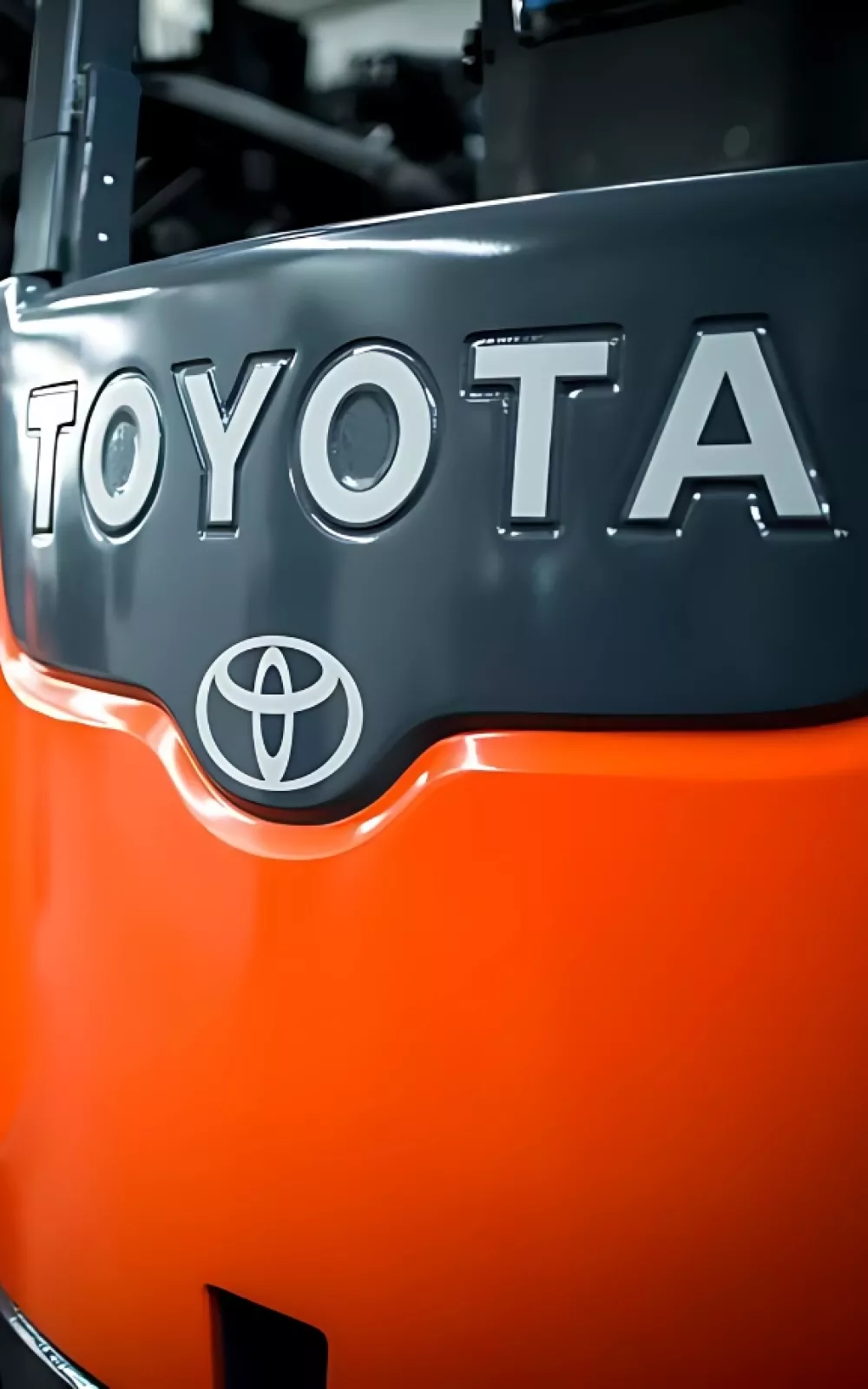Rent
ProLift offers daily, weekly, and monthly rentals. Find the right equipment for maximum productivity and safety.
Let us know how we can assist you! A ProLift specialist will connect with you to help with your material handling needs.
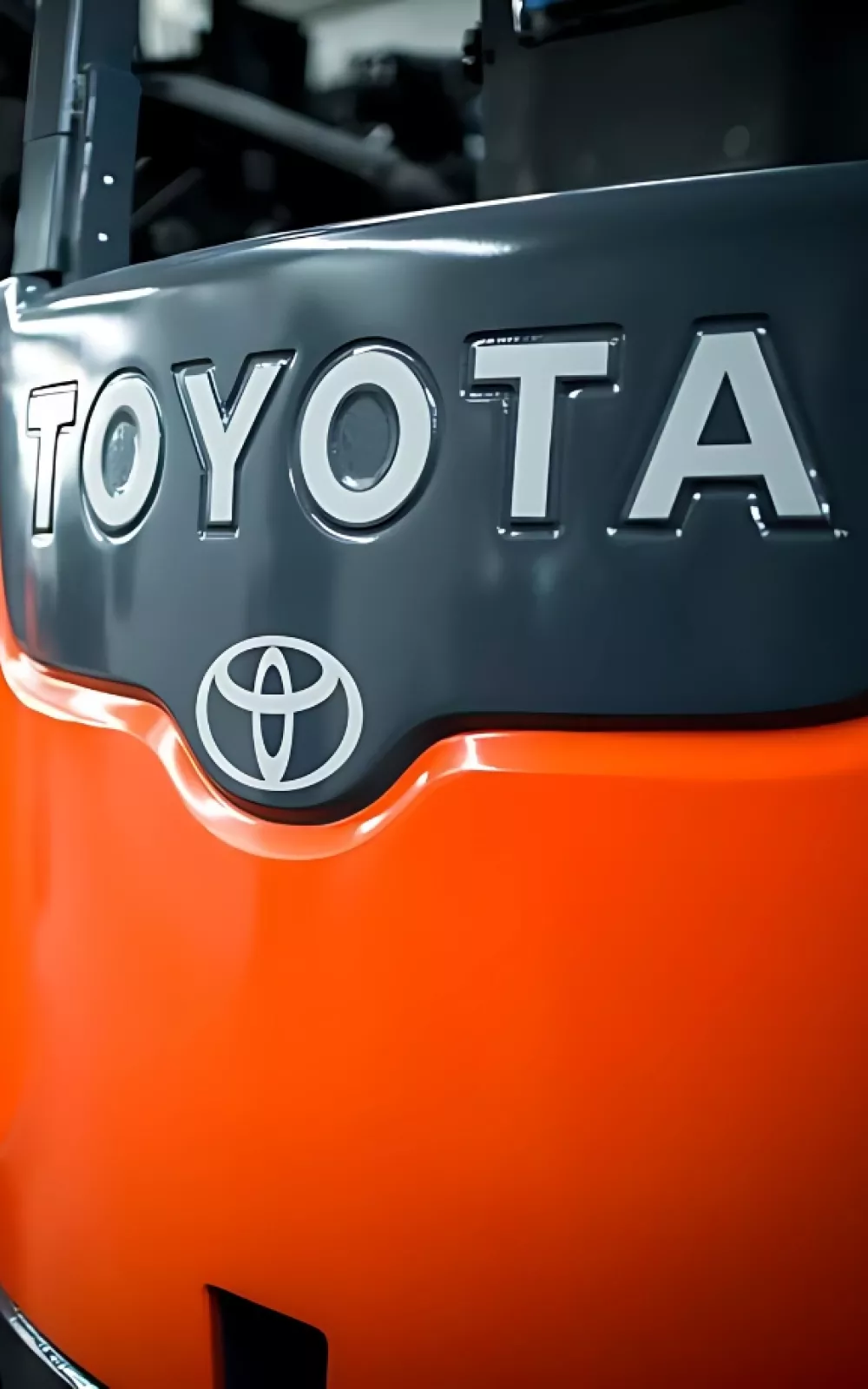
Discover key strategies for improving material flow and storage, reducing bottlenecks, and making the most of your space. An optimized layout can enhance productivity, streamline operations, and create a safer work environment for your team.

Handling an overcrowded warehouse with forklifts, materials, and employees can make finding extra storage feel overwhelming. Explore our expert tips to optimize your warehouse layout and increase storage capacity, designed to meet the challenges of today’s fast-paced operations.
Recognizing your warehouse’s clear ceiling height is a fundamental first step in understanding how high you can safely lift materials. This crucial measurement factors in the lowest obstructions, such as sprinklers, lights, or HVAC systems. Equally important is to analyze your forklifts’ lifting capacity to ensure they can safely access the topmost levels of your pallet racking during the material loading or unloading process.
The ideal width of your warehouse aisles is largely influenced by the type of forklifts in use. It’s essential that the forklift navigates the aisles effortlessly, without any contact with pallet racking or stored materials. While aisle dimensions are measured from rack to rack, it’s important to factor in the forklift’s right angle stacking capability and account for the pallet overhang, typically around 3 inches on each side.
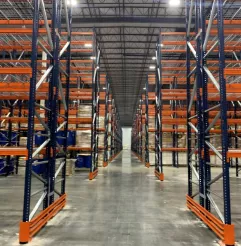
Your partnership with ProLift begins before product is purchased. Our warehouse consultants integrate material handling systems, physical space, and the flow of material to create a streamlined, efficient process.
The presence of structural columns in your warehouse can significantly influence the layout of pallet racking and aisle widths. These obstructions can sometimes result in lost storage space if pallet positions are obstructed by columns. Reimagining your warehouse layout, even if it’s been established for years, may be necessary to accommodate the flow of materials around these columns. For instance, flipping the orientation of the pallet racking from vertical to horizontal can effectively integrate columns into the racking system, thus maximizing the available warehouse floor space.
Important building features like electrical panels and water shut-off valves need to be easily accessible. Ensuring compliance with building codes is crucial, and we recommend consulting with a local contractor for a comprehensive review of regulations.
If you’re considering a move to a new warehouse, or planning a warehouse redesign to maximize storage space, reach out to a ProLift warehouse solutions consultant. Our experts will offer a no-obligation review of your pallet racking arrangements and other elements critical to optimizing material flow and storage within your warehouse.
Whether you're planning a warehouse project or need expert advice on the best solution, our sales consultants are here to provide the information and guidance you need.
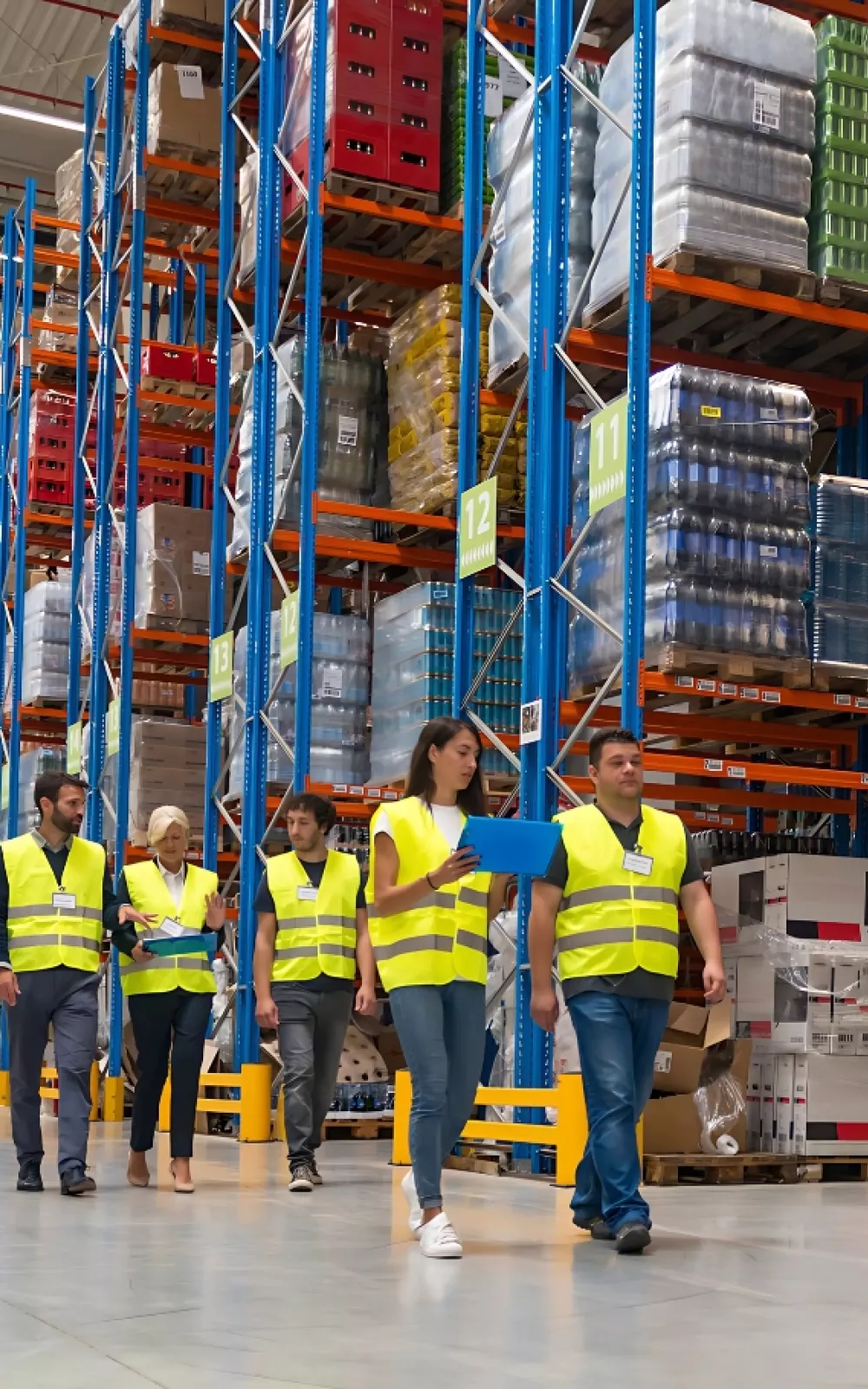
ProLift provides warehouse solutions from design to dock. From design and installation to reducing energy costs, ProLift's sales consultants are here to ensure your facility operates safely and efficiently every step of the way.
Contact us for support on:
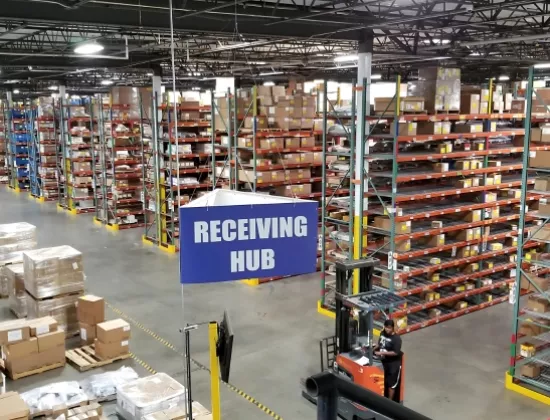
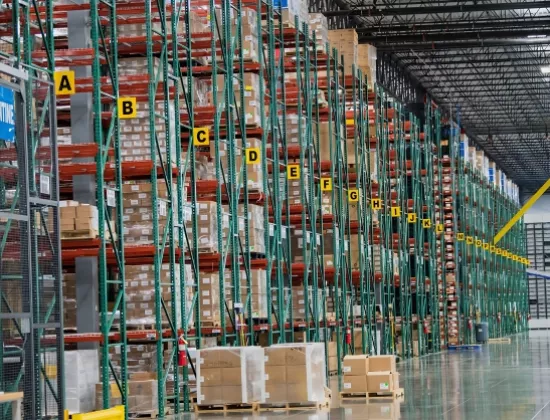
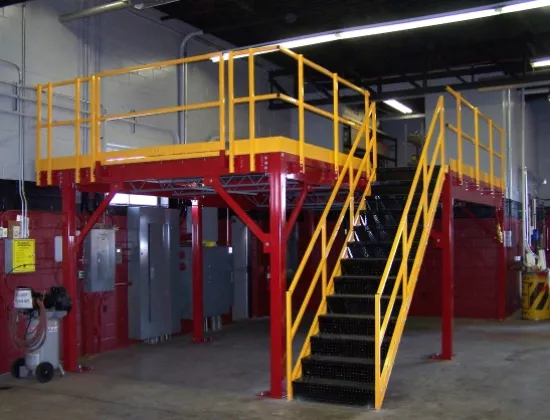
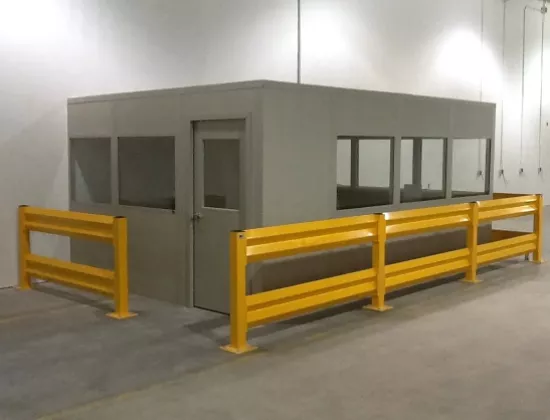
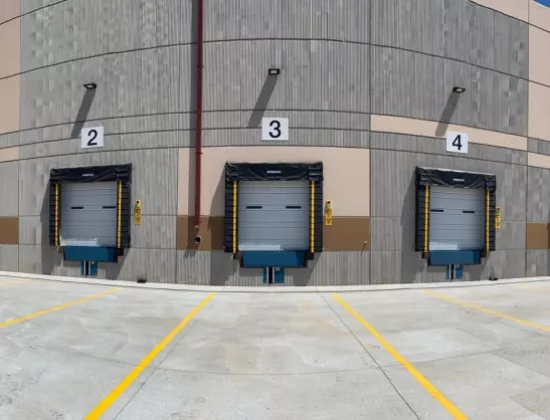
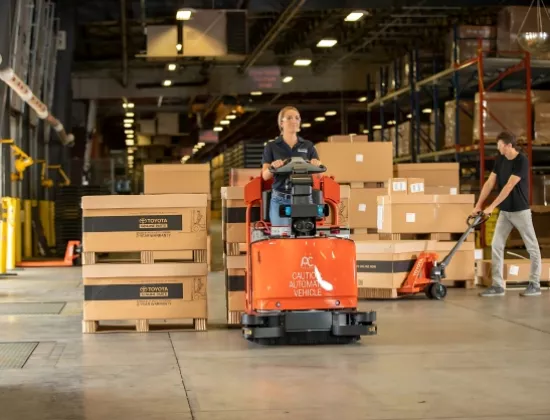
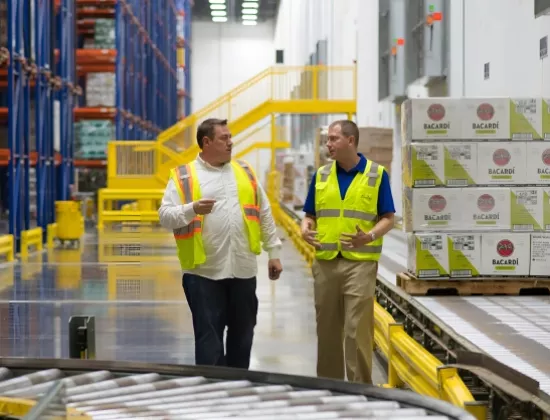
ProLift provides warehouse solutions from design to dock. From design and installation to reducing energy costs, ProLift's sales consultants are here to ensure your facility operates safely and efficiently every step of the way.
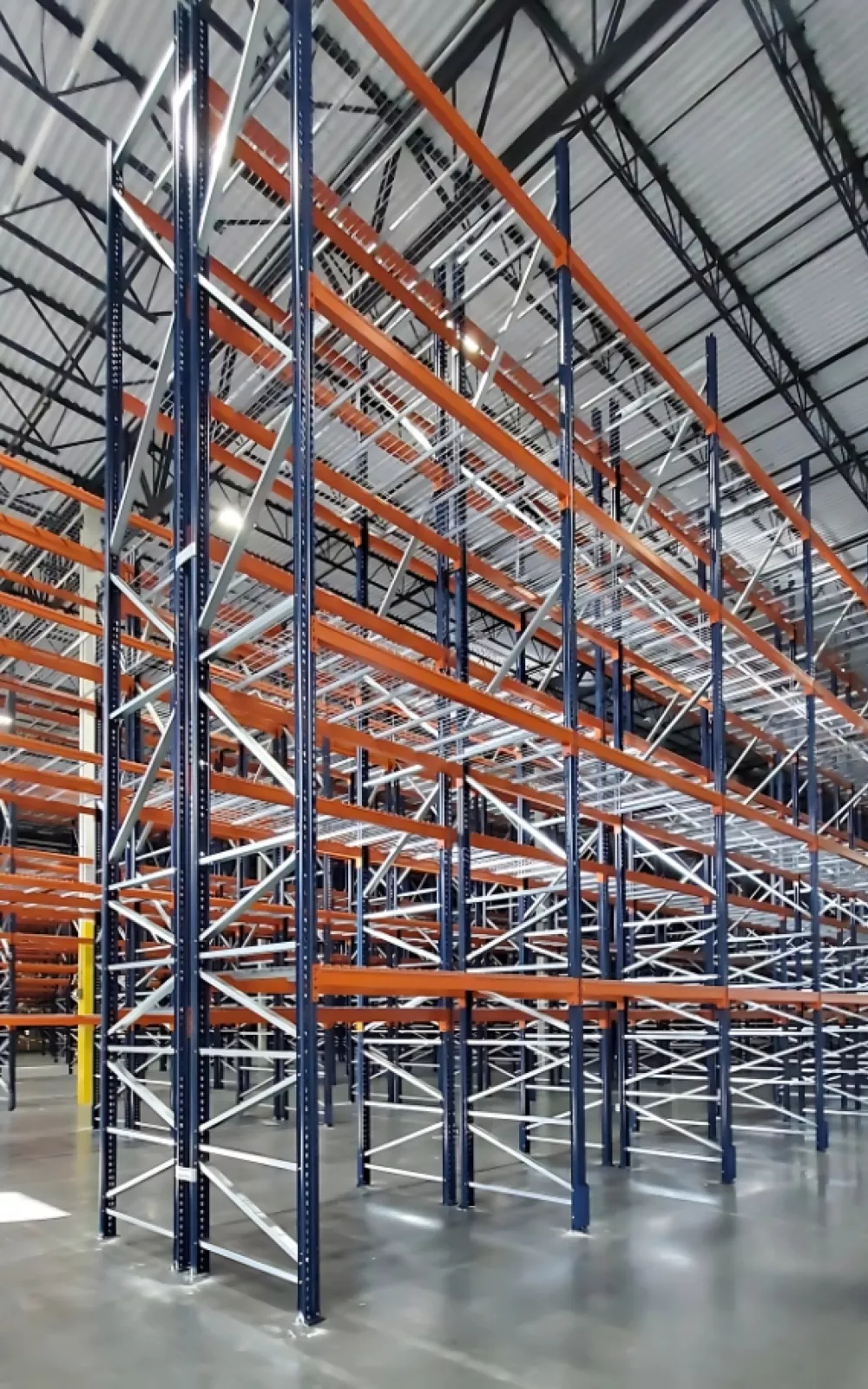
Let us know how we can assist you! A ProLift specialist will connect with you to help with your material handling needs.
